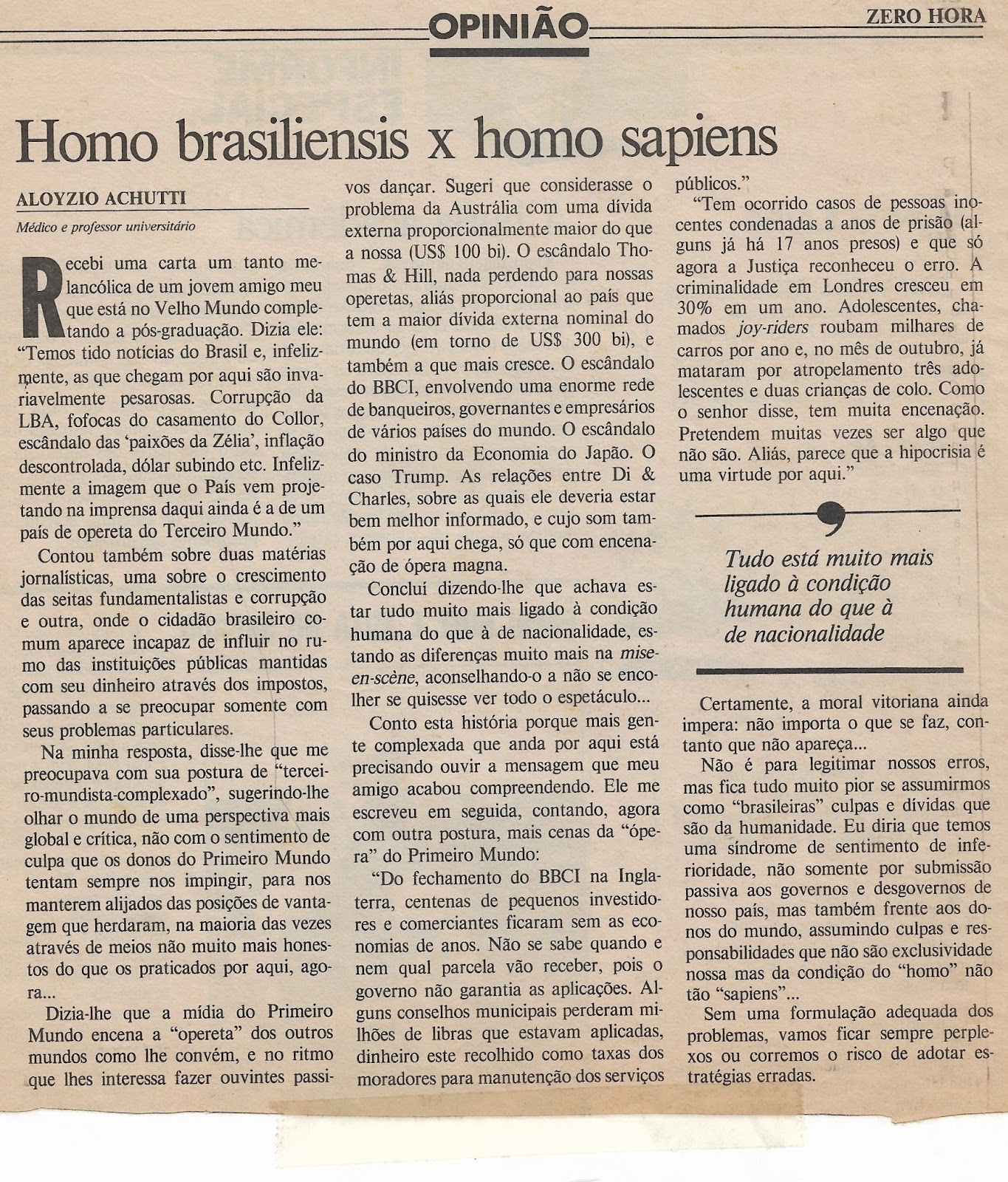3.183 AMICOR (26)
#Com Dra. Valderês A. Robinson Achutti (*13/06/1931+15/06/2021)
No Japão em 2001
#Re-Publicando artigos antigos meus (início dos anos 90)
 #Quanta Magazine
#Quanta Magazine
#Academia Sul-Riograndense de Medicina
#Quanta Magazine
|
| Each week Quanta Magazine explains one of the most important ideas driving modern research. This week, physics staff writer Charlie Wood describes some of the oddities and mysteries that swirl around the quantity that orders the universe and our lives — time. |
|
How Physicists Are Exploring and Rethinking TimeBy CHARLIE WOOD |
|
Time is inextricably woven into what might be the most fundamental goal of physics — prediction. Whether they’re studying cannonballs, electrons or the entire universe, physicists aim to gather information about the past or present and project it forward to catch glimpses of the future. Time is, as Nobel Prize winner Frank Wilczek put it in a recent episode of Quanta’s The Joy of Why podcast, “the master variable under which the world unfolds.”
In addition to prediction, physicists face the challenge of understanding time as a physical phenomenon in its own right. They develop ever-sharper explanations of the most obvious feature of time in our daily lives: that it flows inexorably forward. And recent experiments showcase more exotic ways in which time can behave under the established laws of quantum mechanics and general relativity. As researchers deepen their understanding of time in these two cherished theories, they encounter puzzles that seem to bubble up from murkier, more fundamental levels of reality./.../
| PBS Space Time has a detailed explainer video in which Matt O’Dowd describes how disorder aims the arrow of time from the past toward the future. |
|
| New Scientist hosted a 2020 lecture about the nature of time, available on YouTube, by Carlo Rovelli, a quantum gravity researcher who wrote a book on the subject. |
|
| Wired published a playful and wide-ranging personal essay by K.C. Cole that explored the many manifestations of time in physics and philosophy. |
|
|
|
|
|
|
|
Dark Energy May Be Weakening, Major Astrophysics Study FindsBy CHARLIE WOOD A generation of physicists has referred to the dark energy that permeates the universe as “the cosmological constant.” Now the largest map of the cosmos to date hints that this mysterious energy has been changing over billions of years.
Read the article |
|
 | How the Ancient Art of Eclipse Prediction Became an Exact ScienceBy JOSHUA SOKOL
Video by EMILY BUDER The timing of the total eclipse on April 8, 2024, will be known to within a second, thousands of years after fearful humans first started trying to anticipate these cosmic events.
Read the blog
Watch the video |
 | Merging Fields, Mathematicians Go the Distance on Old ProblemBy ERICA KLARREICH Mathematicians have illuminated what sets of points can look like if the distances between them are all whole numbers.
Read the article
Related:
Old Problem About Mathematical Curves Falls to Young Couple
By Jordana Cepelewicz (2022) |
|
 | Overexposure Distorted the Science of Mirror NeuronsBy MEGHAN WILLCOXON After a decade out of the spotlight, the brain cells once alleged to explain empathy, autism and theory of mind are being refined and redefined.
Read the blog
Related:
These Cells Spark Electricity in the Brain. They’re Not Neurons.
By Laura Dattaro (2023) |
 | Inside Scientists’ Life-Saving Prediction of the Iceland EruptionBy ROBIN GEORGE ANDREWS
Podcast hosted by SUSAN VALOT The Reykjanes Peninsula has entered a new volcanic era. Innovative efforts to map and monitor the subterranean magma are saving lives.
Listen to the podcast
Read the article
|
|
|
#SBC | Neuroscience News April 2 |
Researchers linked midlife stress and childhood trauma to an increased risk of Alzheimer’s disease and neuroinflammation. Analyzing 1,290 volunteers, researchers found that stressful life events, especially during midlife, correlate with higher levels of β-amyloid protein, crucial in Alzheimer's development, and that childhood stress is associated with later life neuroinflammation. Interestingly, the study also uncovered sex-specific effects, with stress leading to amyloid protein accumulation in men and brain atrophy in women. Read more of this post #Biblioteca Pública #Biblioteca Riograndense (1846) Rio Grande
Encaminhado pelo Professor Antônio SparvoliA new Global Burden of Disease (GBD) article published in The Lancet on April 3 found significant changes in global causes of death, life expectancy, and mortality. From 1990 to 2021, global life expectancy increased by 6.2 years, despite the COVID-19 pandemic radically altering global causes of death.
Highlights from this research:
- For the first time in 30 years, stroke was replaced as the second-leading cause of death in the world: COVID-19 became the second-leading cause of death in 2021.
- Mortality from diarrhea, lower respiratory infections, stroke, and ischemic heart disease declined from 1990 to 2021.
- Reductions in childhood mortality from diarrheal diseases came from combined efforts in improved immunization, clean water access, sanitation, hygiene facilities, breastfeeding, and oral rehydration therapy.
|
|
| IHME’s Dr. Mohsen Naghavi discusses findings from the GBD 2021 cause of death paper in a comprehensive Q&A video. How has life expectancy changed from 1990 to 2021? What factors contributed to the global increase in life expectancy? |
|
 Super-region of Southeast Asia, East Asia, and Oceania saw the largest gains in life expectancy. Super-region of Southeast Asia, East Asia, and Oceania saw the largest gains in life expectancy. These countries reduced mortality from chronic respiratory diseases, stroke, lower respiratory diseases, and cancer. They had strong COVID-19 management that preserved these gains.
#Science News Event Horizon Telescope observations show the orientation of light around Sagittarius A*
By Adam Mann MARCH 27, 2024 AT 9:00 AM
Astronomers have gotten their best view yet of the magnetic fields around the gargantuan black hole at the center of the Milky Way.
|
|
|
|
#Quanta Magazine
No comments:
Post a Comment